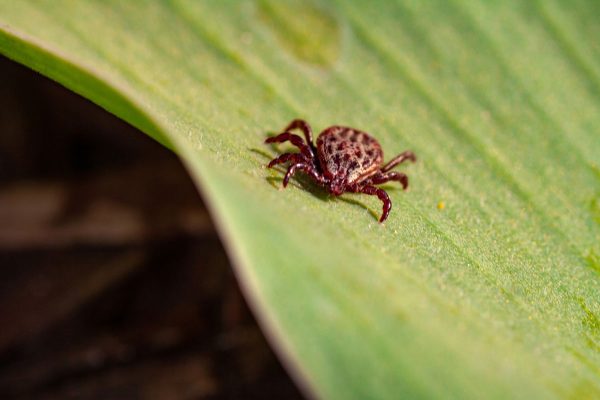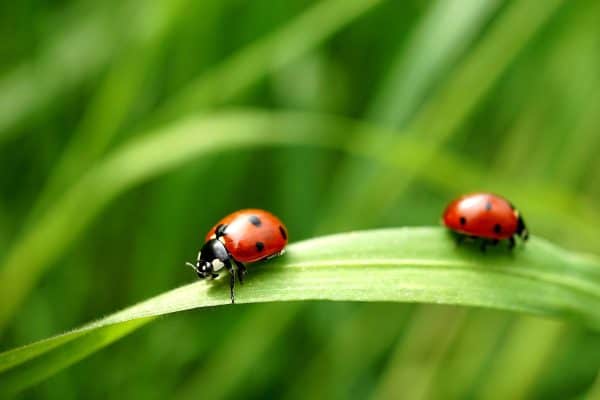If you see earwigs in your yard, you may think they are poisonous and harmful to humans. Well, they are not because they don't sting humans, and they don't contain venom. One thing you want to know, however, is if they eat wood. You have come to the right place! We thoroughly researched the internet to provide you with the answer.
Earwigs are nocturnal bugs that love to eat decomposing plant matter and wood. However, they will also strike and feed on living plants like decorative plants, ornamental trees, and vegetables if given a chance. In addition, earwigs particularly favor flowers, lettuce, and other delicate greens, celery, and fruits.
If you find earwigs too annoying, it would be best to understand their characteristics because it will help you handle and control them properly. In addition, you should know everything about them to know how to get rid of them. And to do that, we suggest you keep reading throughout the article. Enjoy reading!

What Do Earwigs Consume?
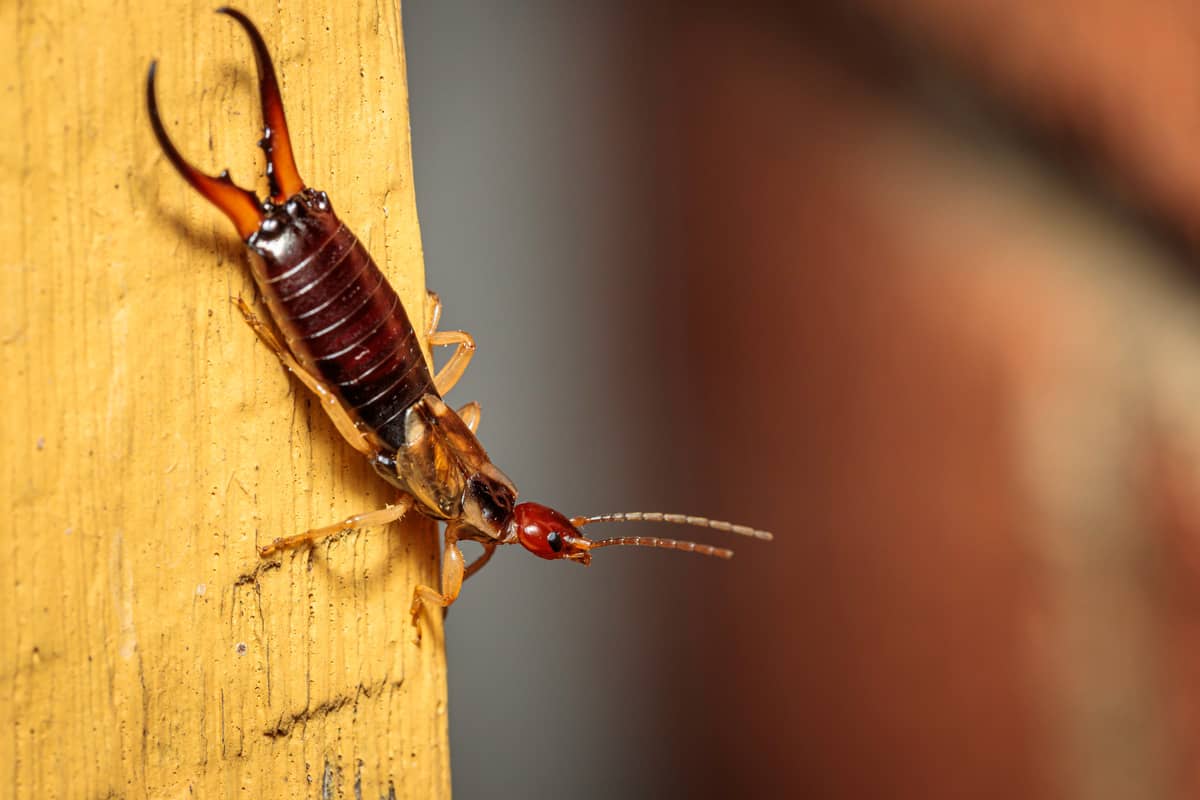
Pincher bugs or earwigs are omnivores, meaning they'll consume almost anything you offer them. They mainly eat wood and dead or decomposing plant materials in the garden.
However, if their population outgrows control, they may start eating living plant material, particularly the young foliage or seedlings of vegetables and flowers. In addition, they can also happily feed on armyworms, maggots, grubs, and insect eggs.
It poses a dilemma for people who own a garden: Should you permit earwigs to stay in your garden to consume pests like aphids? Or should you get rid of them before they start eating your plants? Earwigs typically don't harm humans or animals enough to warrant a fight. You might consider taking action, though, if you notice a lot of them surrounding your plants.
What Are Earwigs?
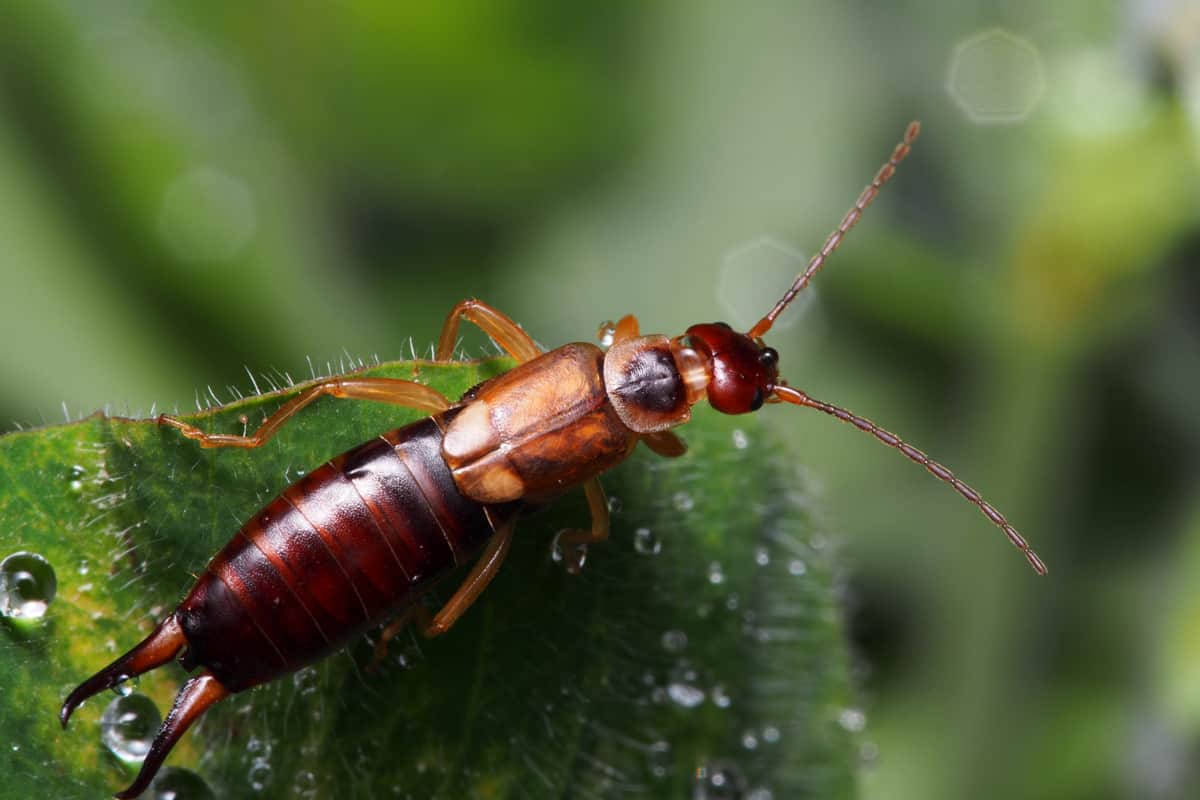
Earwigs are more likely to live in warm, humid areas even though you can find them in practically any growth zone. They are swift movers, nocturnal, and prefer to lay low during the day when you are taking care of the garden, so you can have a hard time spotting one.
Earwigs prefer to stay in wet, gloomy environments. In addition to woodpiles, basements are where you can frequently find them.
Only earwigs make up the insect order Dermaptera, and the term "earwig" derives from the Old English word ear-wicga, which implies "ear wiggler," and people gave this name to the bug since they believed that it seeks ear to inhabit. They are referred to as "ear piercers" in France and "earworms" in Germany.
The social life of earwigs is quite active. Because they frequently discover the exact hiding locations during the day, they assemble there. And since they are not territorial and their nests might number in the thousands, they frequently coexist with one another.
Do Earwigs Pinch?
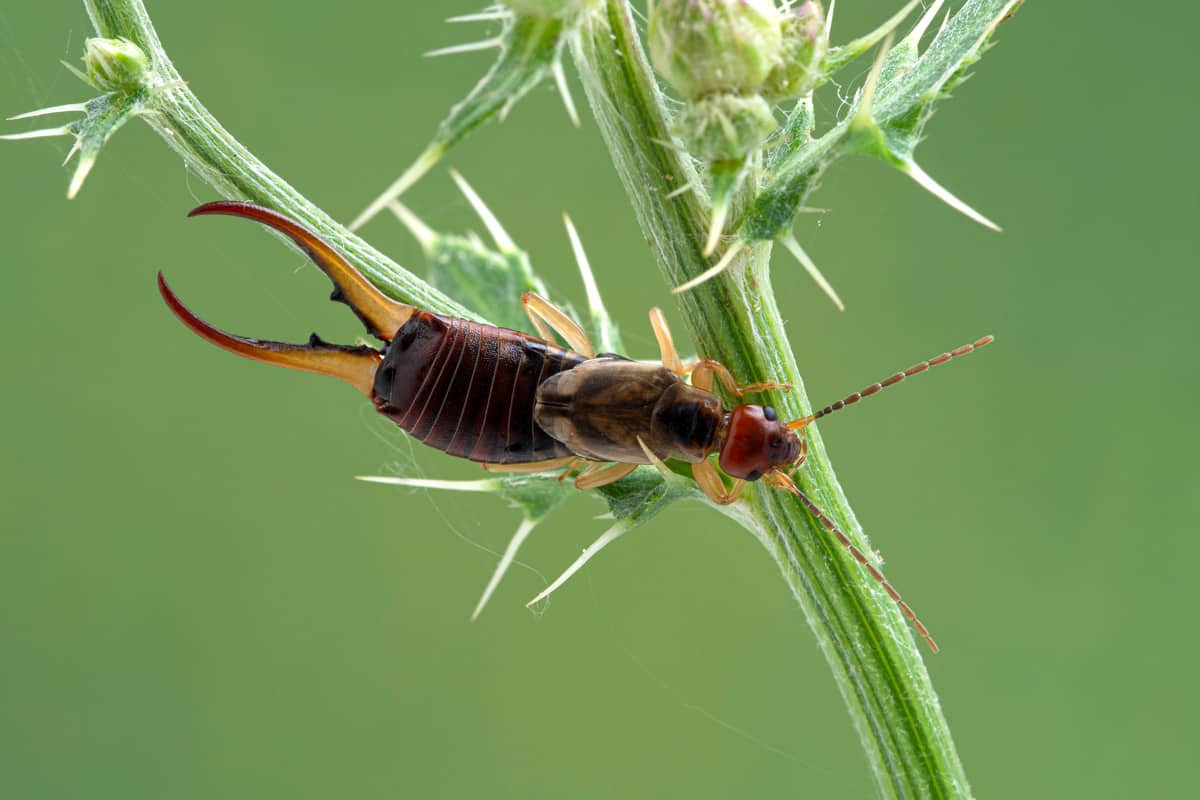
An earwig's abdomen has a pair of formidable-looking pincers at the end. Although they can pinch and occasionally bite people if provoked, the pinch is not extremely strong. Usually, earwigs utilize their pincers to fend off predators like birds and toads, while certain species also use them to capture prey.
Additionally crucial for romance are the "cerci," or pincers. Like an elephant's tusks, they serve as markers of gender. The pincers of a male earwig are lengthy and curved, while those of a female are straighter and shorter.
How To Identify Earwigs
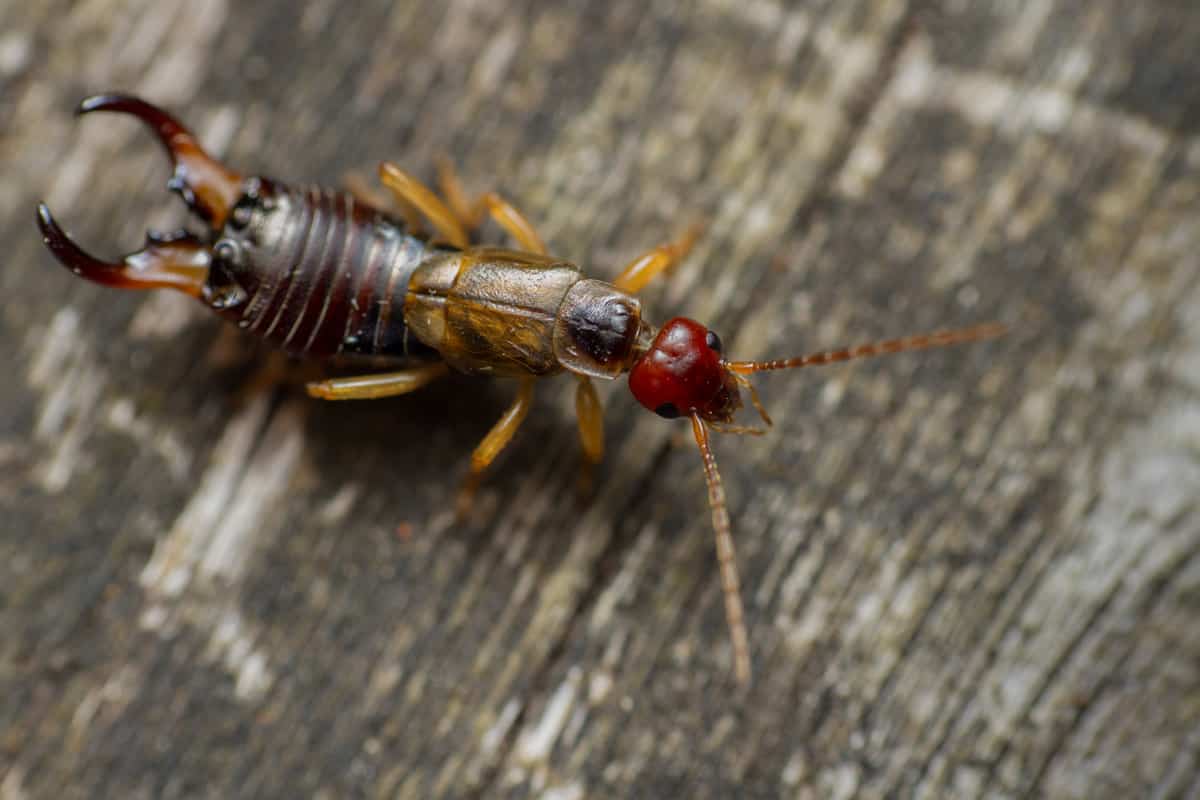
Earwigs can grow to a length of around 3/4 inches. Their color is reddish-brown with what appear to be forceps-like appendages on their tails. The earwig is one of the few insects with a pair of terrifying-looking pincers.
Even though they don't fly much, earwigs can move incredibly swiftly. Their pincers help spread out their two sets of wings, which they actually have.
In subterranean tunnels, female earwigs lay 40–50 eggs. The earwig mothers, strangely enough, take great care of the eggs and shield them from predators. Earwig population management before they hatch is quite challenging because they hatch in about a week.
Simply enough, nymphs resemble adult earwigs in tiny. They go through many skin changes before maturing ten weeks after.
Earwigs frequently spend the day hiding under flower pots, and then they consume the flowers in the pots at night.
What Are The Signs of Earwig Damage
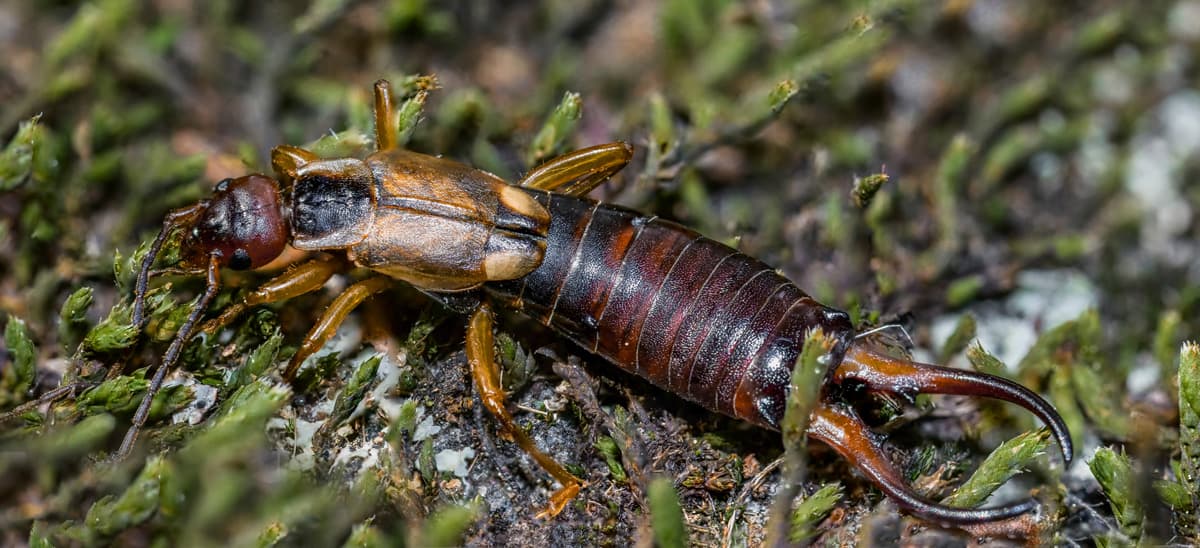
- The leaves will look ragged and pock-marked. Overnight, plants will start to look shabby, and some leaves might only get somewhat eaten. Additionally, there will probably be a dispersion of the little black pellets that make up earwig excrement.
- During or after rainy days, earwigs have a hard time looking for dry places to serve as their shelter. And they usually crawl up into a plant's leaves to seek one. This happening is what causes damage to your plants.
- Infested plants in pots may have earwigs hiding underneath.
- Earwig damage resembles the damage that slugs and snails produce. If you want to know the difference between their destructive trails, the latter has a trail of slime leftover on vegetation.
How To Eliminate Earwigs
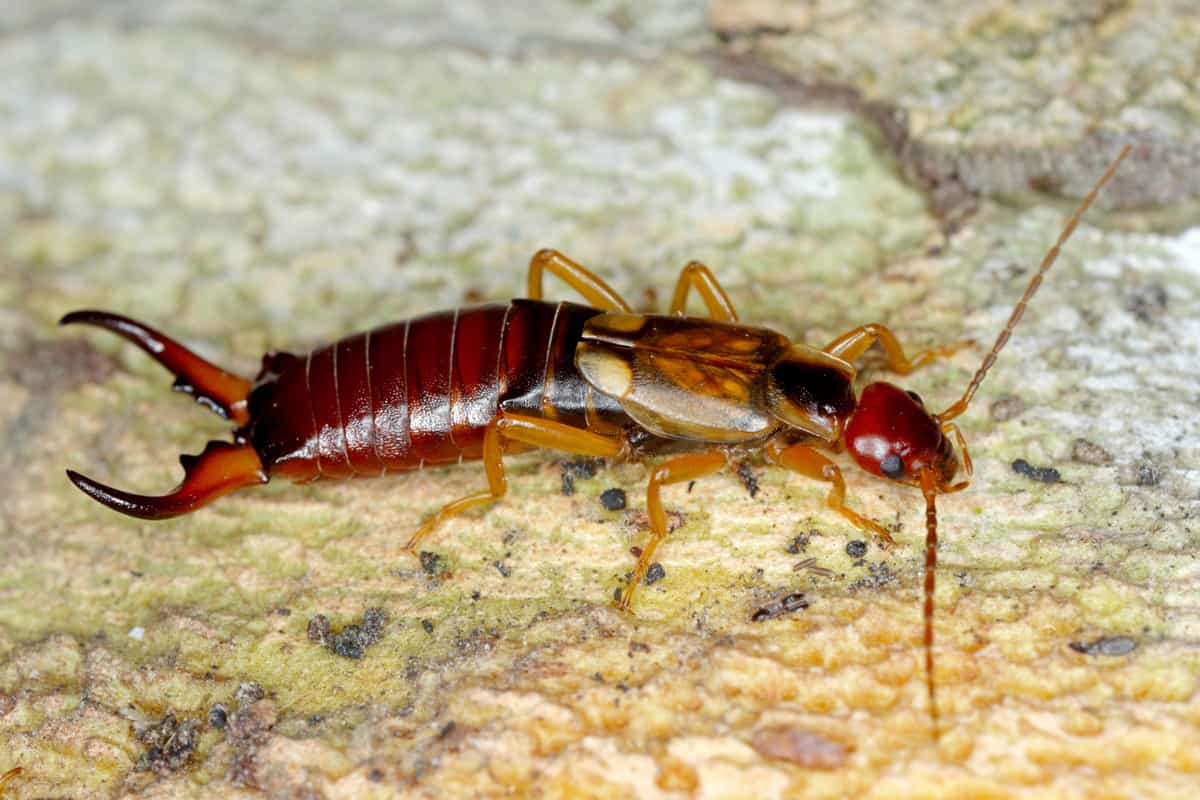
Although they can be just as annoying, earwigs typically pose minor damage to your garden unlike insects like Japanese beetles and aphids. Keep in mind that they can emit a nasty smell when disturbed. It would be best to consider these cures:
1. Bamboo or Garden Hose
In the spaces between your plants, lay one-foot lengths of bamboo or garden hose. Toss the earwigs into a pail of soapy water after checking these "traps" every morning.
2. Petroleum Jelly
You can opt to apply petroleum jelly all over the plant stems. Doing so will prevent the earwigs from crawling on top of your plants.
3. Borax
Scattering some Borax around your woodpile would be best if the earwigs were infesting them. However, we highly suggest you keep your children and pets away from the area to avoid any danger.
Check out this Borax on Amazon.
4. Oil Pit Traps
Proper earwig control methods include oil pit traps. You should fill a small plastic receptacle with a lid with a mixture of soy sauce and olive or vegetable oil in equal parts.
Pierce the container's top near the lid with holes. It would be best to create a hole that is big enough for the earwigs to enter. After that, you must bury the receptacle in the ground just up to its holes.
The soy sauce in the container will draw the earwigs in, and once they get inside the container, they can no longer get out since the oil will keep them from fleeing.
5. Alcohol
Alcohol deters earwigs by functioning as a wetting mechanism or surfactant, which can pierce an insect's waxy protective layer and cause immediate death upon contact.
Although it's simple to find and works well, isopropanol should not contain any additives. However, ethanol seems to perform better in this situation.
Most alcohol sold in supermarkets has a strength of 70 percent, and some commercially bought are 95 percent.
You should combine equal parts of water and 70 percent alcohol to produce an insecticidal spray. Furthermore, if you plan to utilize 95 percent alcohol, the ratio should be one part alcohol to one and a half parts water. Target the earwigs directly, so they come into touch with the spray, which is necessary for it to work well.
WARNING: Test any insecticide on a leaf before putting it on your plants. Observe your plant for 24 hours to determine if it reacts negatively. If it does, you must add more dilution to your alcohol mixture and test once more.
Check out this Isopropyl alcohol on Amazon.
6. Diatomaceous Earth
If you notice that the soil is too dry, you might want to apply a ring of diatomaceous earth around the plant's base to deter earwigs. However, diatomaceous earth is useless in rainy conditions. In addition, it would be best to avoid putting diatomaceous earth near flowers because it will also destroy pollinators.
Check out this diatomaceous earth on Amazon.
How to Keep Earwigs at Bay
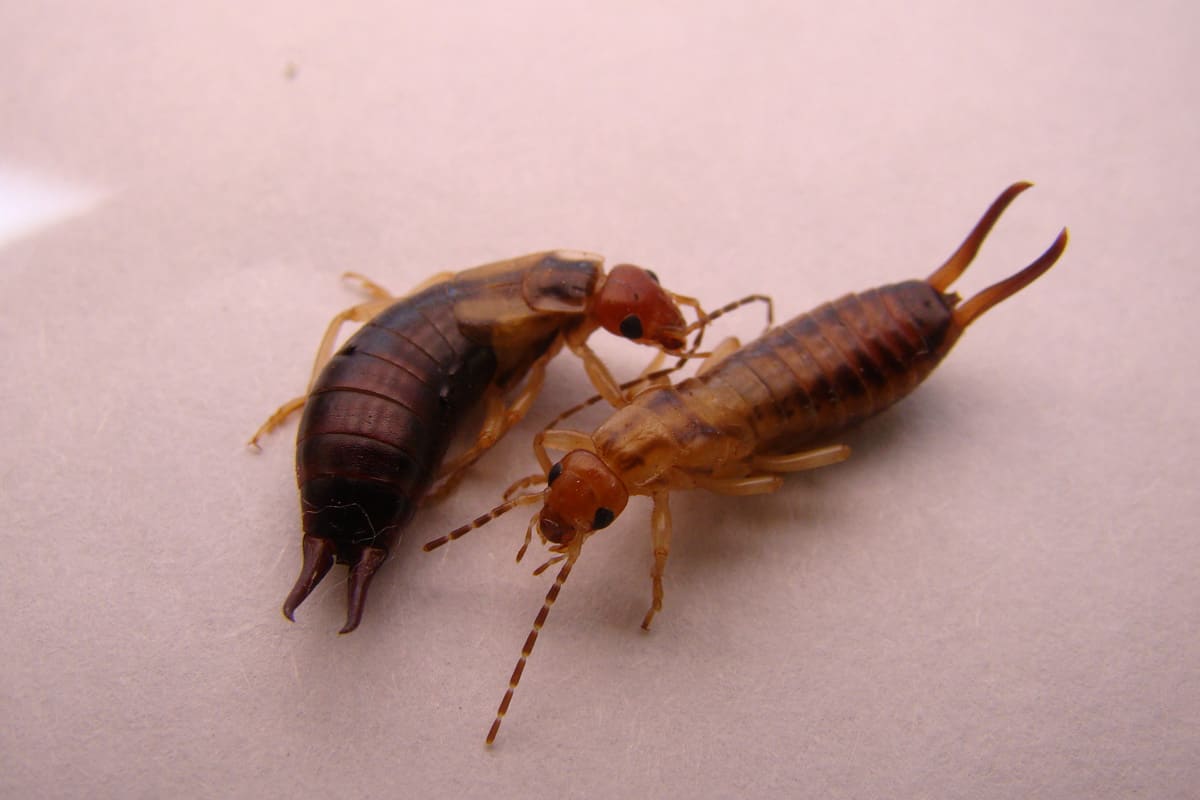
- In order to prepare for more earwigs during rainy seasons, clearing away plant waste and other potential hiding spots would be best.
- Ivy-covered borders and hedges may be home to many earwigs; keep your vulnerable plants away from these areas.
- Keep in mind that birds and toads naturally feed on earwigs. So, it will help if you opt to create or design a garden that is welcoming to birds.
- From mulch and other exterior damp materials, earwigs might occasionally move into your home. In order to avoid this, make sure anything you carry inside is bug-free, particularly firewood, laundry, patio furniture, flowers, and vegetables.
- Lastly, remove mulch from the area around the base of your house and create a dry-soil zone. And if you notice earwigs inside your home, it would be best to vacuum them all.
Wrapping It All Up
Despite the fact that earwigs aren't dangerous, they can still be annoying. And if you want to prevent them from creating future damage inside or outside your home, we highly suggest you eliminate them immediately.
We hope you find this post enjoyable to read. Please feel free to leave a comment below if you have further questions. To continue reading, you might also want to check these posts about pests that eat plants:




